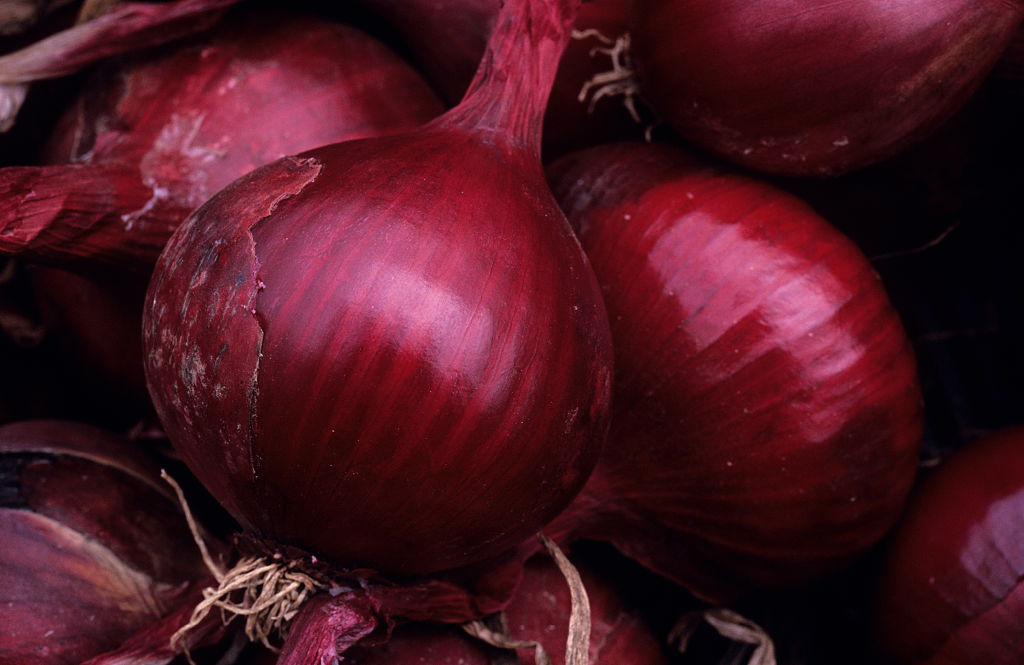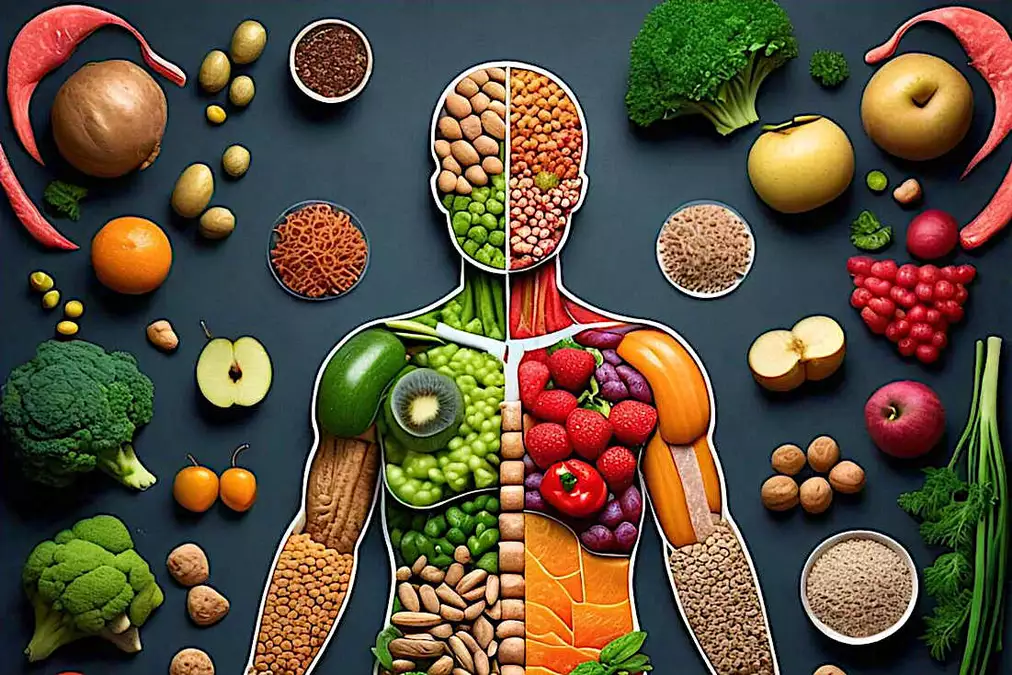Switching to a diabetic diet can be a real challenge for many people. Diabetes and prediabetes require monitoring of blood sugar, carbohydrates, and weight. Allowing blood sugar to rise may lead to kidney illness, heart disease, and even nerve damage.
Fortunately, people with diabetes can enjoy a yummy diet if they know what to eat. They can still enjoy flavor-enhancers such as garlic and cinnamon. And a trick as simple as drinking milk in the morning may regulate blood sugar. If you want to learn about the healthiest food options for diabetics, look no further.
Dark, Leafy Vegetables Are A Good Way To Go Green
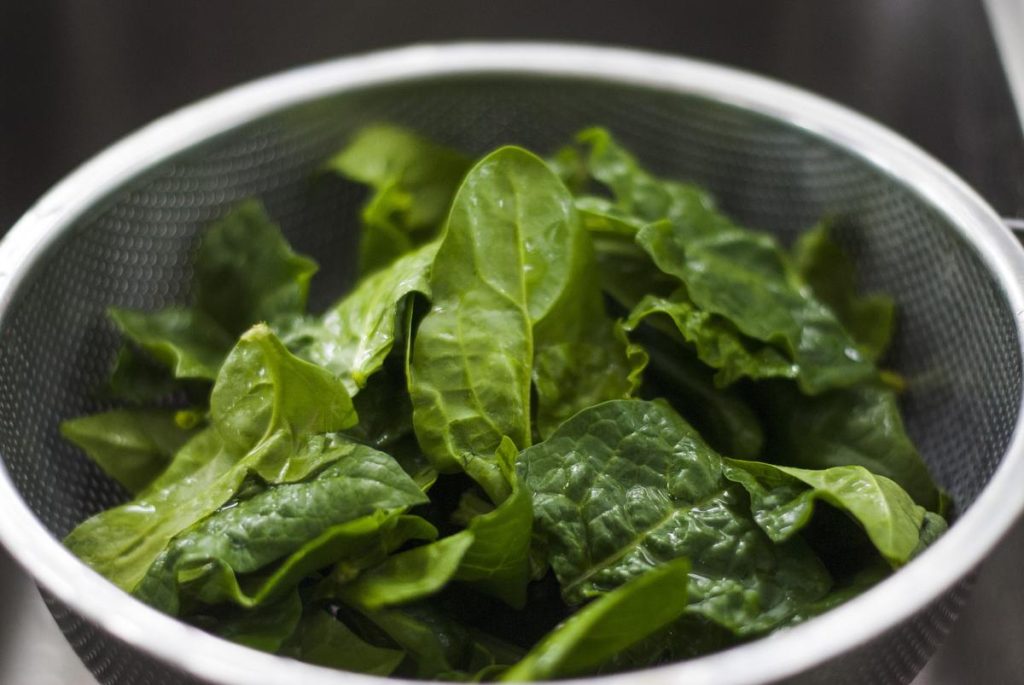
Dark leafy vegetables, such as spinach and kale, are healthy for diabetes. Their greatest strength is their high level of vitamin C. In 2015, researchers found that vitamin C reduces inflammatory markers and blood sugar. Published in Drug Design, Development, and Therapy, the study suggested that leafy greens may reduce symptoms in people with type 2 diabetes.
Leafy greens are packed with minerals while being low in calories and carbohydrates. Another study by the University of Lanchester concluded that eating more leafy greens reduces one’s risk of type 2 diabetes. Spinach, cabbage, and kale will work wonders in a diabetic diet.
It Can Be Beneficial To Drink Milk In The Morning
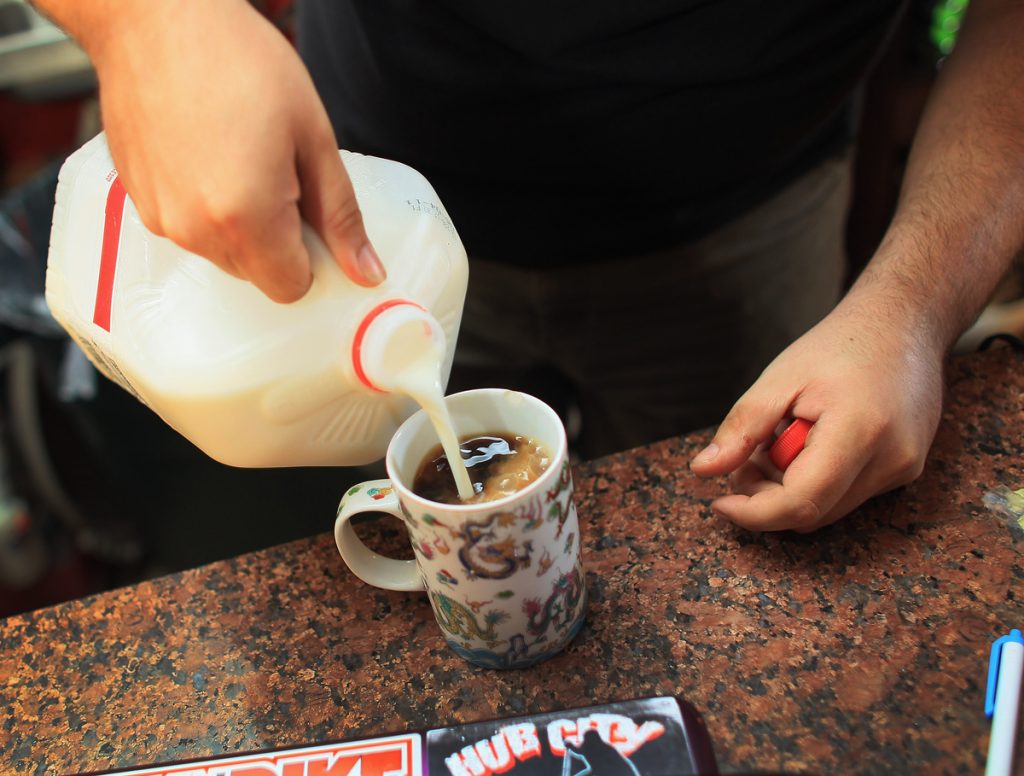
For a long time, experts have debated over milk’s effect on diabetes. But more and more studies are finding a positive link between the two. In the Journal of Dairy Science, a 2018 study found that eating breakfast with milk may help diabetic people throughout the day. The protein makes you feel fuller later, which regulates both blood sugar and appetite.
The researchers paired milk with a high-carbohydrate cereal and found promising results. In 2016, scientists at Tel Aviv University reported that dairy products control blood sugar more effectively than eggs and soy. The point is: feel free to eat a whole-wheat cereal.
A Few Berries Can Go A Long Way
Whether you prefer strawberries, blueberries, or raspberries, all help to combat diabetes. In the journal Obesity, researchers from the Illinois Institute of Technology stated that berries benefit insulin resistance. In particular, those who ate two cups of raspberries a day had lower glucose concentrations.
Even a small amount of berries can help reduce the risk of diabetes. In a Chinese study, those who ate 17 grams of berries had a 5% drop in their risk of type 2 diabetes. That’s equal to 13 blueberries, nine raspberries, two blackberries, and one large strawberry.
Peanut Butter Can Prevent Blood Sugar Spikes Later On
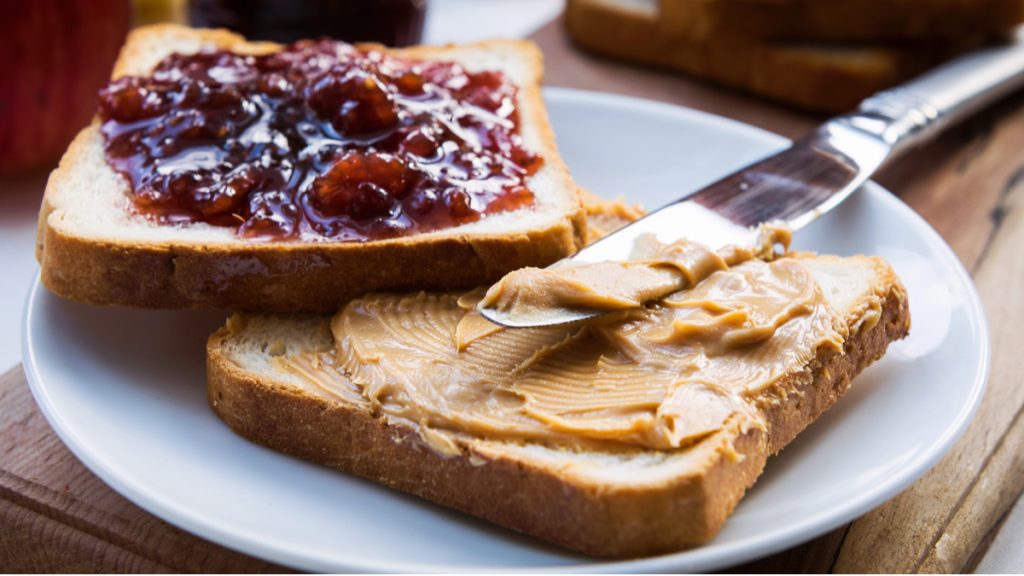
Natural peanut butter is a low glycemic food, and it’s quite filling. Registered dietitian Erin Spitzberg recommends peanut butter because it “will slow digestion and keep you full a little longer.” The gradual digestion will also prevent blood sugar spikes later in the morning.
During a pilot study in 2018, adults who ate two tablespoons of peanut butter with white bread and apple juice experienced a less extreme blood sugar spike. However, Spitzberg recommends spreading peanut butter over your favorite whole grain toast or oatmeal.
For Healthy Fats, Cook With Olive Oil
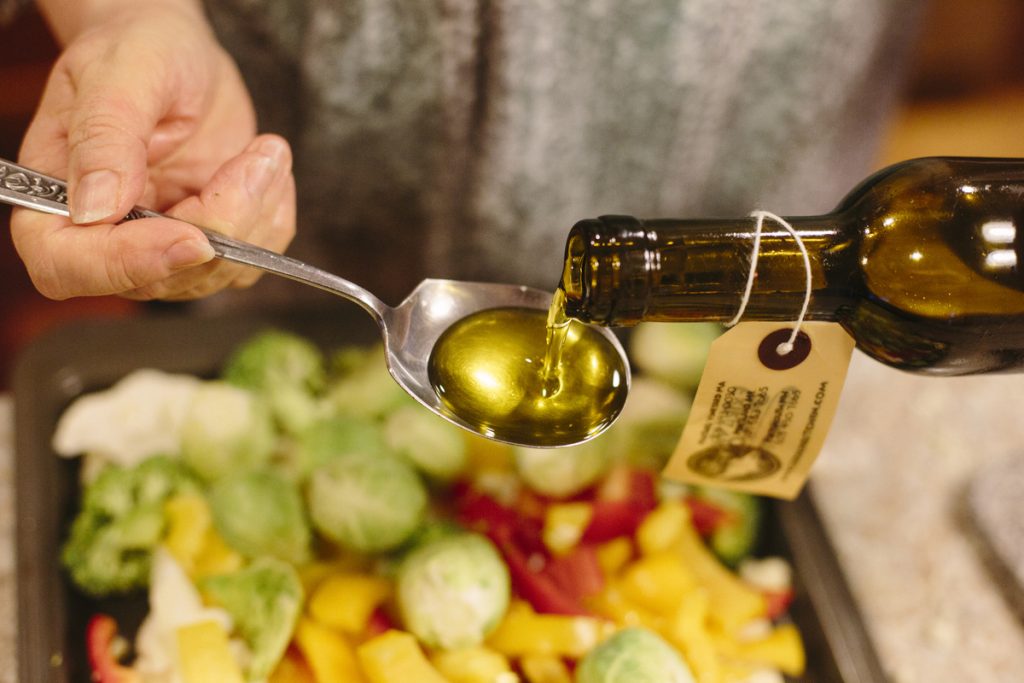
Although olive oil has a lot of calories, it reduces cholesterol more effectively than other types of fats. Olive oil contains healthy fats that regulate the symptoms of type 2 diabetes. During a 2015 study, researchers from Sapienza University in Rome discovered that olive oil reduces the harmful cholesterol, LDL.
Credit goes to olive oil’s antioxidants, called polyphenols. According to the journal Cardiovascular Diabetology, these antioxidants lower inflammation and protect your blood cells. This way, olive oil may help regulate blood pressure.
What About Whole Grains?
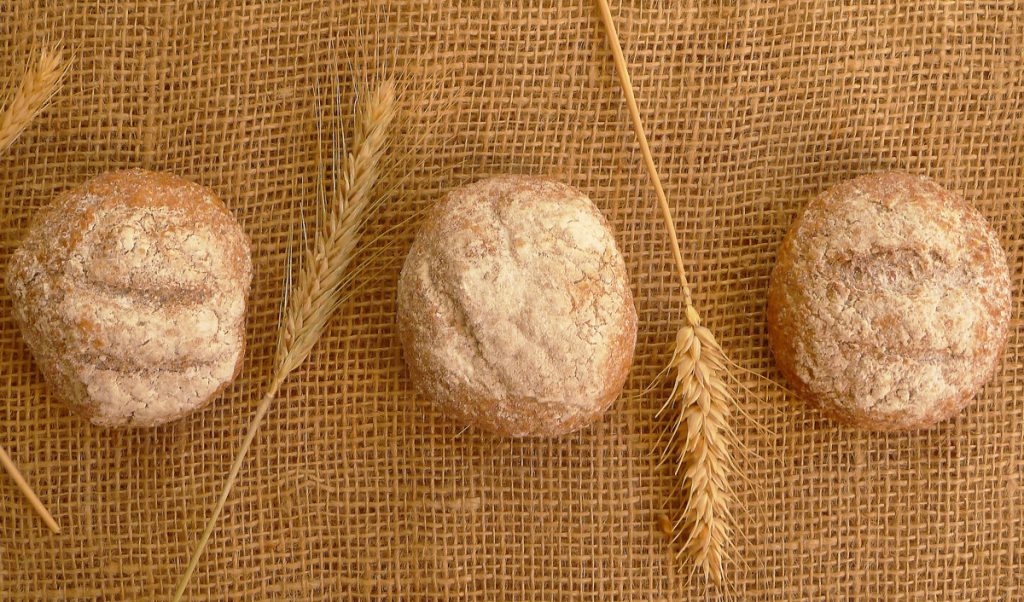
Although some diabetic diets discourage bread, you don’t have to cut out grains. The American Diabetes Association recommends eating whole grains if you have diabetes. Scientists from Chalmers University say that “there hasn’t been a single study which has shown negative health effects” of whole grains on diabetes.
In 2018, these same researchers found that whole wheat reduces the risk of diabetes. Those who ate 50 grams a day (one bowl of cereal or one slice of bread) had a 22% – 34% lower chance of developing diabetes. So don’t be afraid of whole-grain bread.
Don’t Worry About Sweet Potatoes

Unlike other starchy foods, sweet potatoes can help reduce diabetic symptoms. Registered dietitian Leah Kaufman says that sweet potatoes have lower GI than white potatoes, so eating a medium-sized potato can regulate your blood sugar. They also provide anti-diabetic minerals such as vitamin C, iron, and fiber.
However, sweet potatoes’ GI changes depending on how you cook them. In a 2011 study in the Journal of Nutrition and Metabolism, researchers report that boiled sweet potatoes have the lowest GI. Roasting increased sweet potato GI more than any other method, although frying was a close second.
Eggs Can Be Good For Cholesterol

For years, eggs have been demonized for raising cholesterol. In reality, eggs reduce LDL cholesterol (the “bad” kind) and raise HDL cholesterol (the heart-healthy kind). According to The British Journal of Nutrition, this cholesterol change can stabilize blood pressure and blood sugar in people with type 2 diabetes.
During the 2011 study, participants ate two eggs a day to receive the benefits. Since eggs have a lot of protein, they keep you fuller and regulate your blood glucose. If you eat eggs, include the yolk, since most of the egg’s nutrition comes from there.
Here’s Another Reason To Enjoy Garlic

If you love garlic, you’re in luck. Several studies have reported that garlic regulates blood sugar, cholesterol, and inflammation. During 2011 research in Pakistan, people with type 2 diabetes consumed 900 mg of garlic daily over 24 weeks. In the end, participants experienced better cholesterol, glycemic control, and triglycerides.
According to the Journal of Ayub Medical College, garlic also decreases LDL cholesterol and raises beneficial HDL cholesterol. Although a small amount of garlic won’t transform your health, it’s still another reason to enjoy garlic.
A Handful Of Nuts May Help Prevent Heart Disease
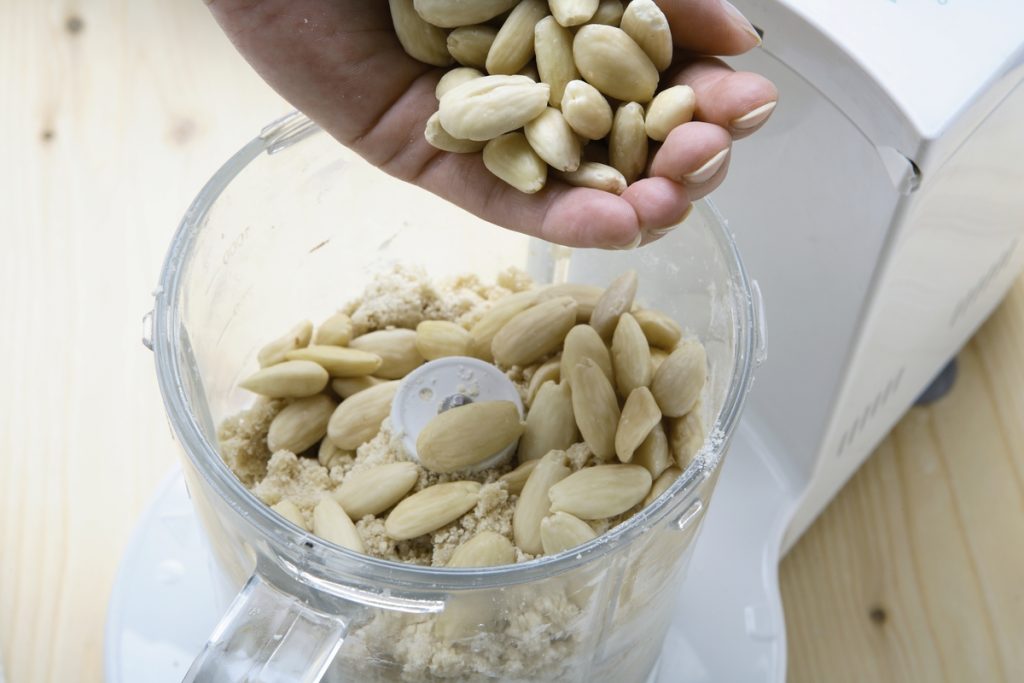
A handful of nuts every day may benefit people with diabetes. In 2019, a study in Circulation showed that nuts decrease the likelihood of heart disease in diabetic patients. After eating one-ounce servings of nuts five times a week, those with type 2 diabetes were 17% less likely to develop cardiovascular disease.
The researchers reported that the most effective nuts were walnuts, pistachios, and almonds. However, these aren’t the only nuts that work. Cashews and peanuts also improve blood pressure and cholesterol in people with type 2 diabetes, according to the Journal of Nutrition.
A Little Bit Of Cinnamon Can Make A Big Difference
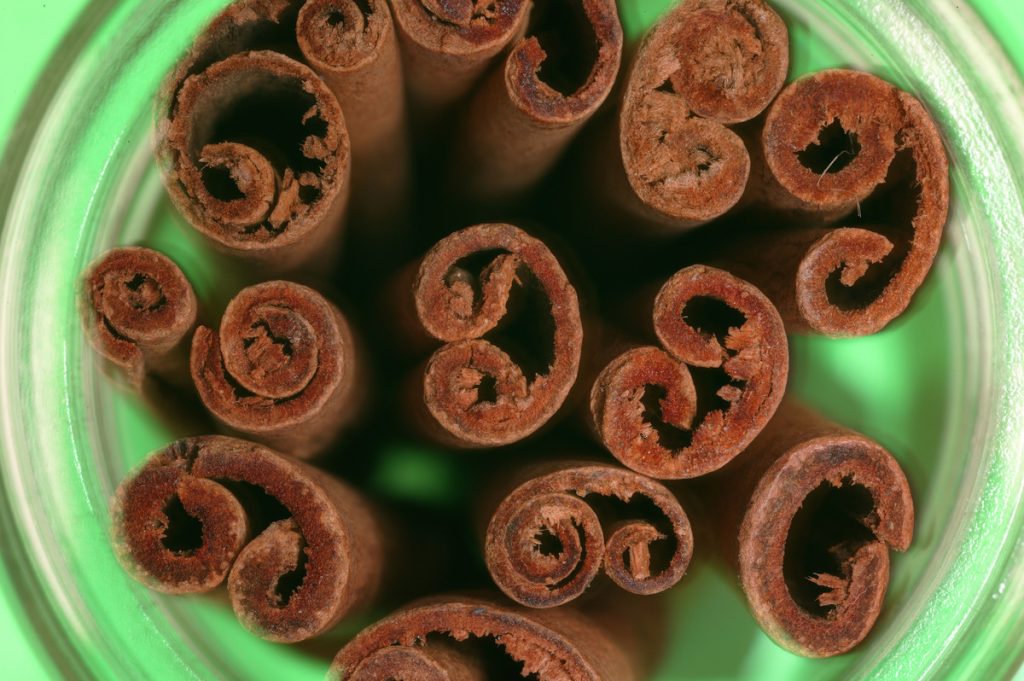
Several studies have suggested that cinnamon can soothe diabetic symptoms. In 2012, a study in Nutrition Research found that cinnamon extract improved blood sugar in Chinese patients with type 2 diabetes. The Journal of Diabetes Research noted the same result from cinnamon tea.
Chronic diabetes is determined by measuring hemoglobin A1c, which cinnamon directly affects. During a 2019 study, people with type 2 diabetes had lower A1c levels after consuming one gram of cinnamon every day for three months. You don’t need a lot to make a difference. Stick to less than one teaspoon per day, as more can create health problems.
The Scoop On Beans
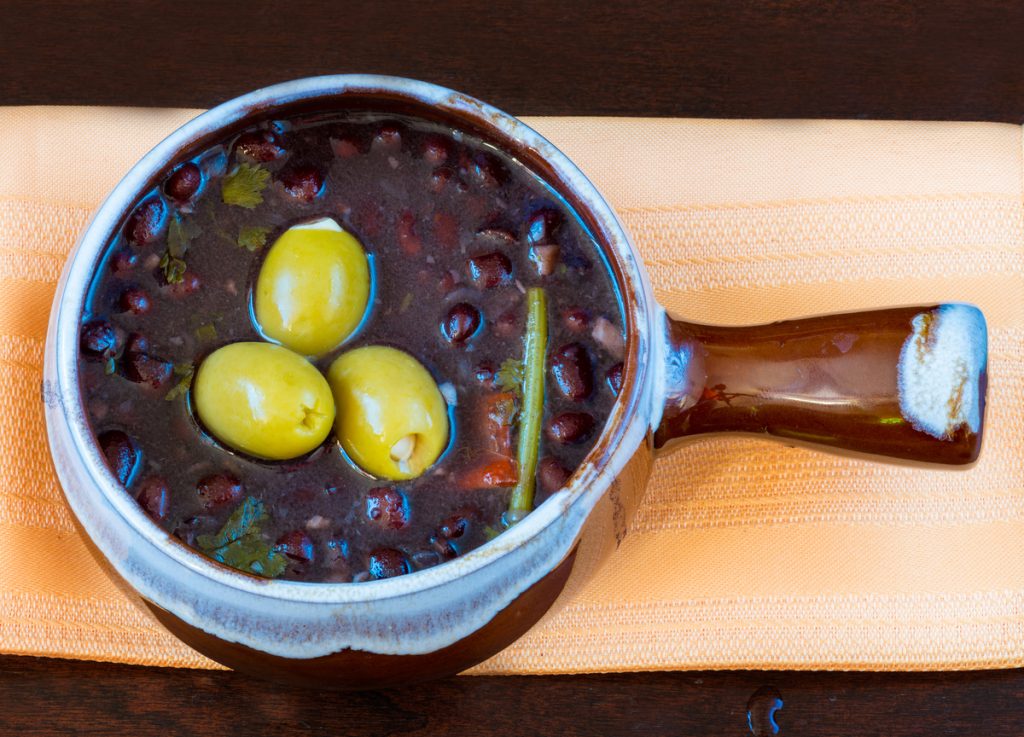
If you have diabetes, the American Diabetes Association says that it can be good to eat beans a couple of times each week. During a 2012 study published in JAMA, people who ate more beans gained better glycemic control. Beans have a low glycemic index, and they digest slowly, which keeps your blood sugar stable for longer.
Beans also provide a lot of fiber. According to Mayo Clinic, fiber slows the absorption of sugar to improve blood glucose levels. A high-fiber diet can also help prevent type 2 diabetes for those with high risk. For an easy source of fiber, eat more beans.
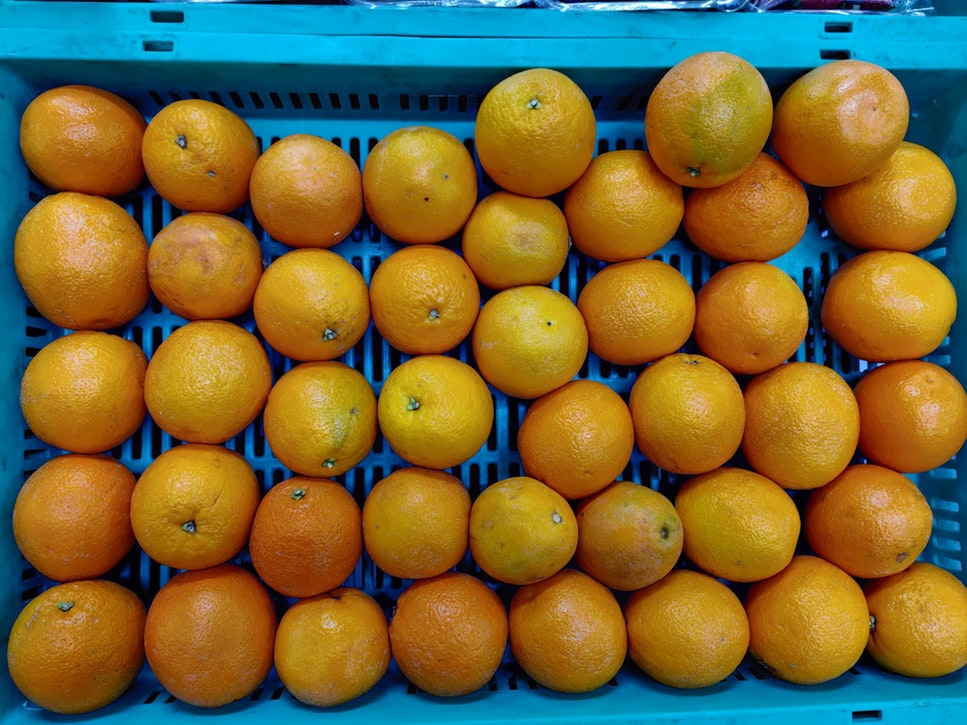
The American Diabetes Association lists citrus fruits as diabetic superfoods. Although lemons and oranges are acidic, they still help diabetes. According to Harvard Health Publishing, eating citrus juice with a high GI food lowers the overall glycemic index. The acidity converts starch into sugar, which has a gentler effect on blood sugar.
Citrus fruits also prevent insulin resistance. According to a 2006 study published in the Journal of Medicinal Food, grapefruit relieves insulin resistance. Participants who ate more grapefruit also lost weight. Eating oranges, mandarins, limes, or lemons will similarly improve your health.
Tomatoes, Raw Or Cooked, Can Improve Blood Sugar
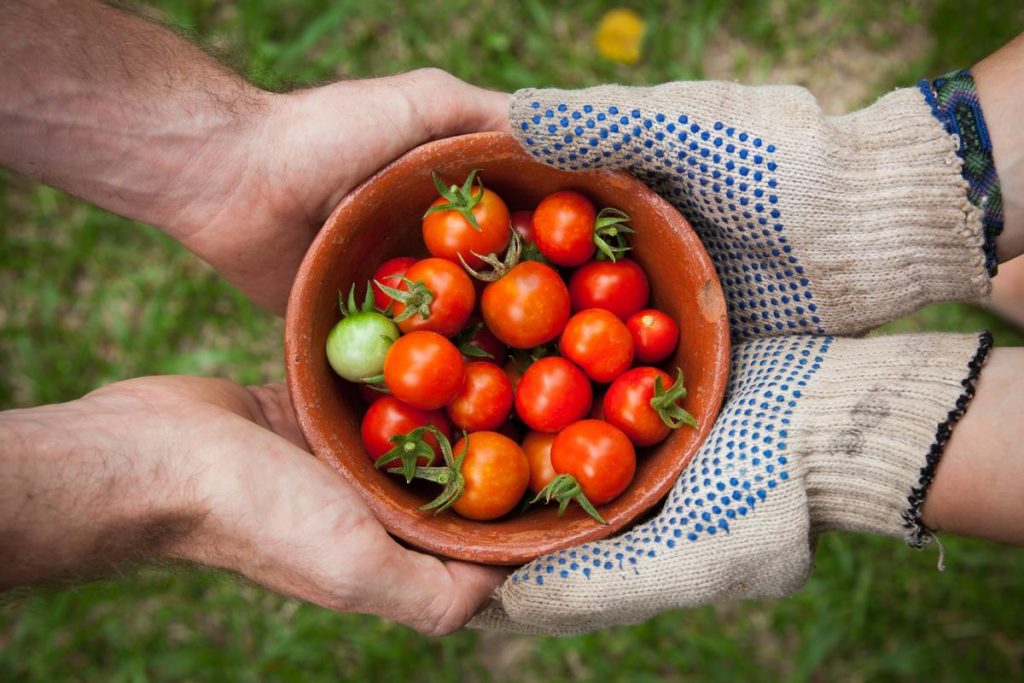
Whether raw or cooked, tomatoes can alleviate diabetic symptoms. During a 2011 study, participants who ate 200 grams (less than one cup) of tomatoes per day experienced better blood sugar levels. Diabetic patients also recorded improved blood pressure after eating tomatoes daily.
Tomatoes are non-starchy, low GI fruits (yes, they’re fruits) with few carbohydrates. According to research, tomato’s high vitamin C, beta-carotene, potassium, and lycopene make them anti-diabetic and potentially anti-heart disease. It’s no wonder why the American Diabetes Association recommends tomatoes.
Why Nutritionists Recommend Greek Yogurt
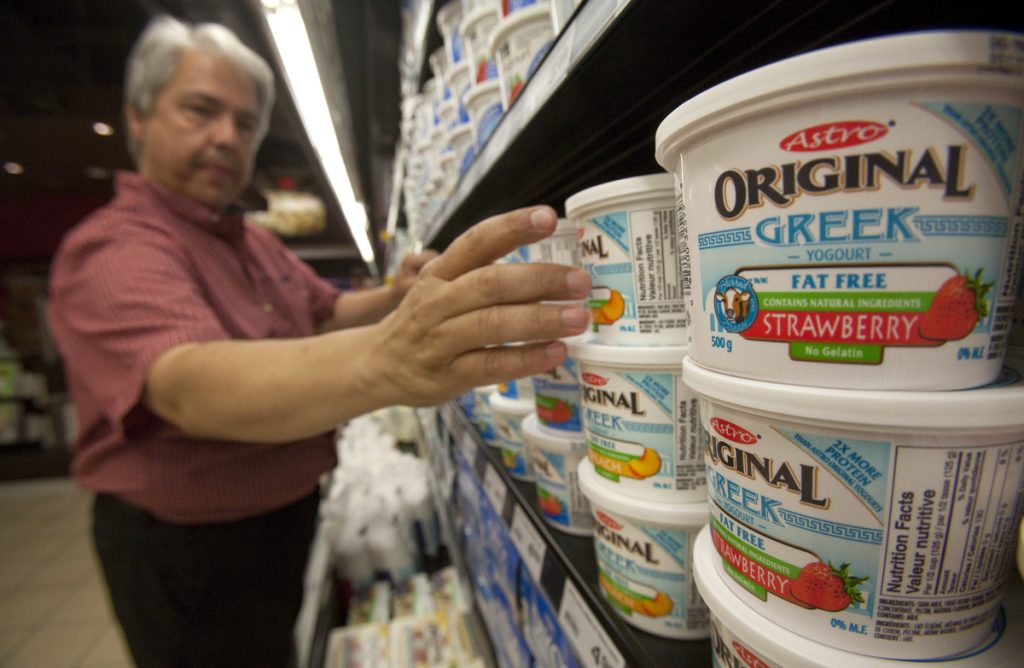
Unlike other types of yogurt, Greek yogurt has low carbohydrates with high protein. Diabetes educator Tami Ross, RD, recommends Greek yogurt to all of her patients. Because it’s a low GI food, Ross explains, you can eat it in the morning to manage your blood sugar throughout the day.
In 2014, a study published in BMC Medicine noted that yogurt helps reduce the risk of type 2 diabetes. The researchers examined three large studies, and according to them, people who eat a cup of yogurt a day are 18% less likely to develop diabetes. So yogurt is clearly doing something right.
The Promise Of Ginger
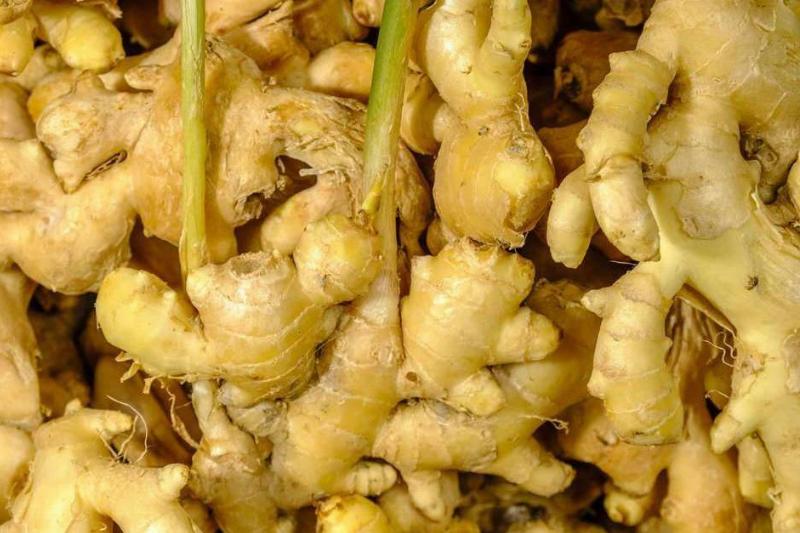
Although research on ginger and diabetes is limited, the current studies seem promising. In 2018, scientists examined several clinical studies in the Archives of General Internal Medicine. They concluded that ginger lowers LDL cholesterol and raises heart-healthy HDL cholesterol. The root can also regulate blood sugar in patients with diabetes.
Ginger has anti-inflammatory properties that help soothe the arteries and blood vessels. Ginger powder supplements also help type 2 diabetes, according to a study in Complementary Therapies in Medicine. Talk to your doctor before taking any herbal supplements.
Chia Seeds Can Be Great For Diabetes
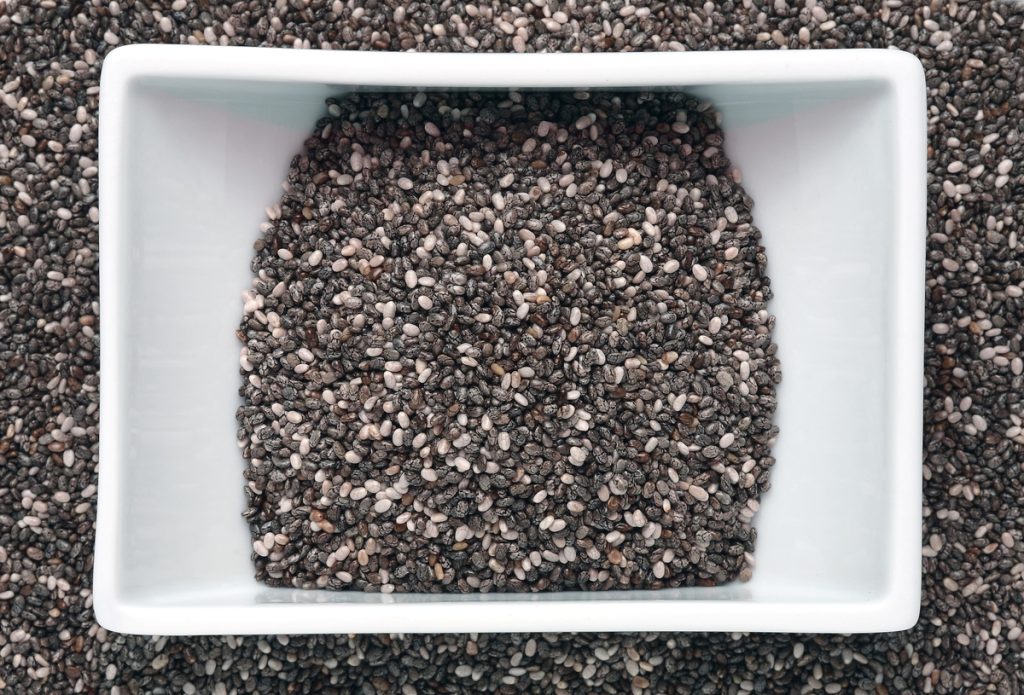
With high fiber and low carbs, chia seeds are the perfect diabetic food. They also supply omega-3 fatty acids, which are important for diabetes. During a 2017 controlled trial, diabetic patients who ate chia seeds experienced weight loss and more glycemic control. Over six months, chia seeds showed better results than an oat bran alternative.
Keep in mind that soaking chia seeds in water can help your body absorb their nutrients. You don’t have to soak them overnight; simply drop them in water for two to three minutes before adding the seeds to smoothies, oatmeal, or cereal.
Quinoa: Better Than Rice
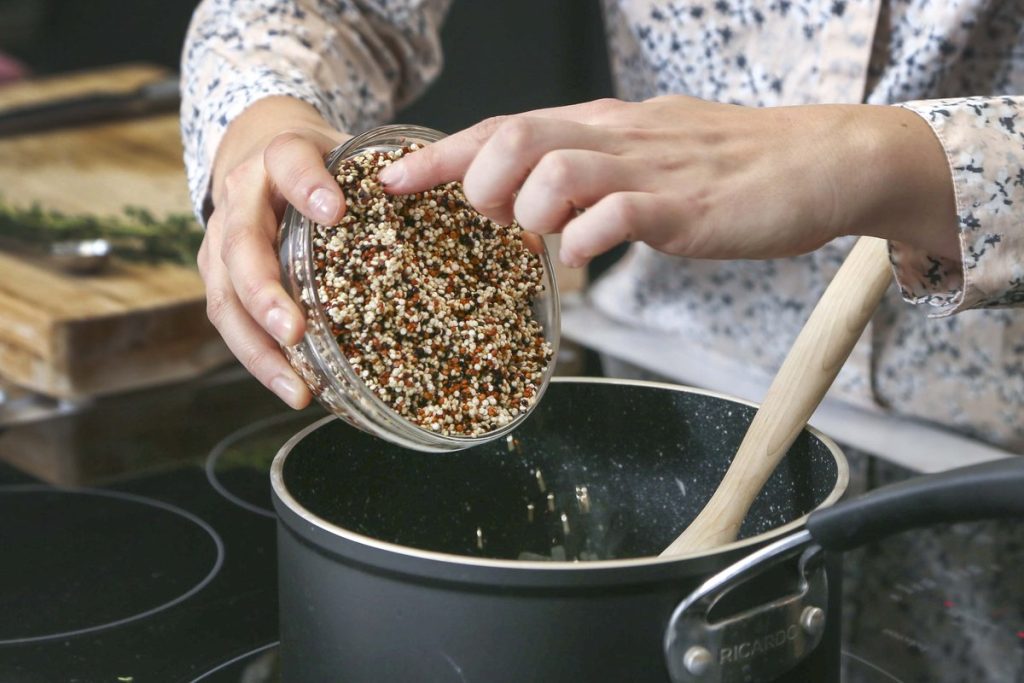
Quinoa is a seed that’s eaten as a grain, similar to rice. It offers more protein and fiber than most rice, and it won’t cause a blood sugar spike with its low glycemic index. Plus, one cup of cooked quinoa supplies only 40 carbohydrates. It’s an easy alternative to rice.
The research backs up quinoa’s health effects, too. According to a study in the Journal of Medicinal Food, Peruvian Andean grains like quinoa have powerful antioxidants. The researchers believe that quinoa can help manage type 2 diabetes.
Squash Provides Healthy Anitoxidants
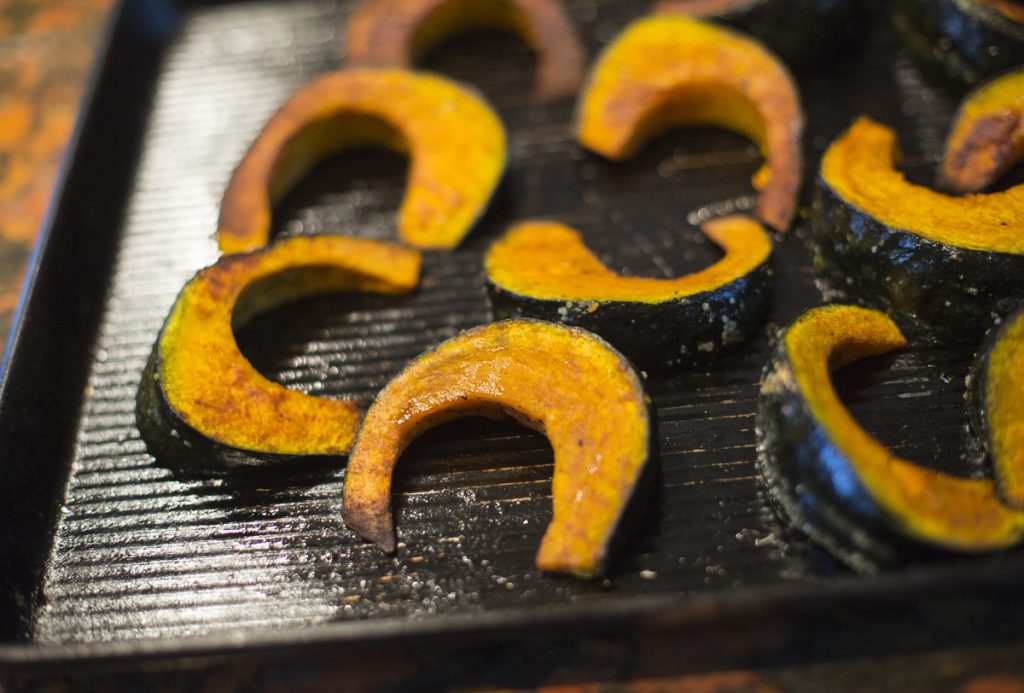
Like many vegetables, squash contains a healthy amount of antioxidants. That may be why squash has improved insulin levels in animal studies. During a 2005 study, pumpkin proteins were fed to diabetic rats. The proteins increased serum insulin, lowered blood sugar, and heightened rats’ tolerance to glucose.
More research needs to be done on squash’s effects on humans. One study, published in the Journal of Ethnopharmacology, recorded that winter squash improved blood sugar levels in people with type 2 diabetes. If you monitor your carbs, squash may help a diabetic diet.
Fatty Fish Helps Relieve Your Arteries

Fatty fish have high amounts of omega-3 fatty acids, such as salmon. Specifically, their fatty acids are DHA and EPA, which help reduce inflammation in your arteries. In Food & Nutrition Research, a 2016 study says that DHA and EPA help your arteries function after eating. This regulates your metabolism.
The American Diabetes Association recommends that people with diabetes eat fatty fish twice a week. In 2019, researchers from Chalmers University of Technology discovered that pollutant-free fatty fish prevents type 2 diabetes. If you’re at high risk, consider eating fatty fish as well.
The Benefits Of Apple Cider Vinegar
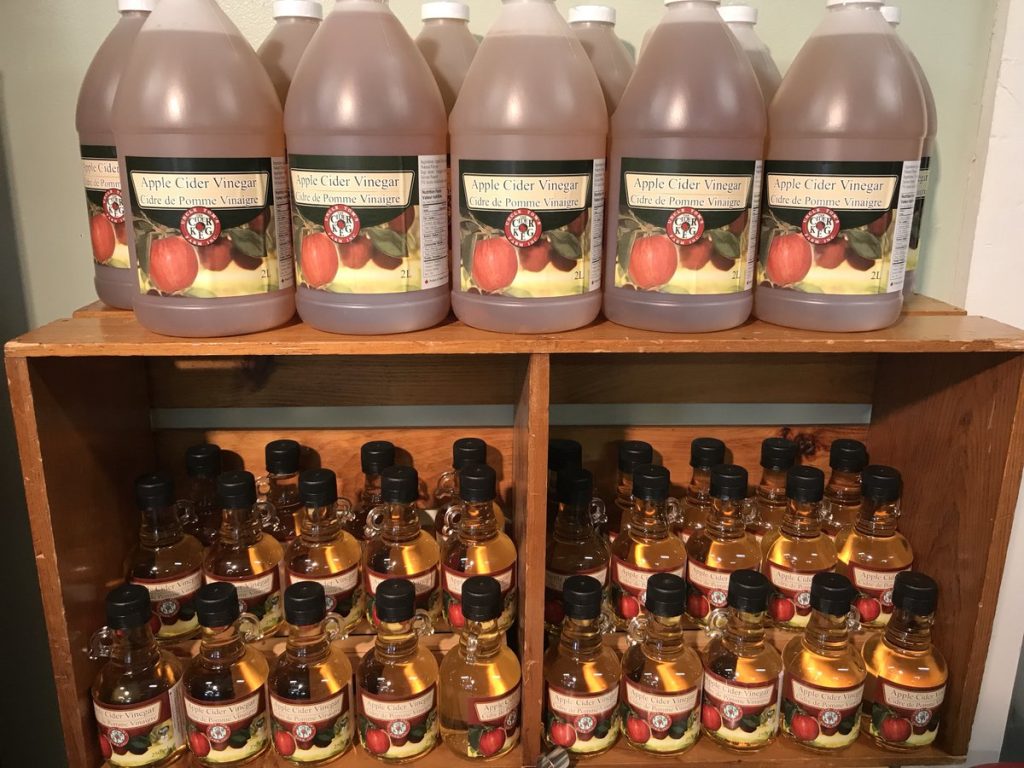
Apple cider vinegar converts apples into fermented acetic acid, which lowers the carbs to one gram per tablespoon. During a 2015 study, scientists found that apple cider vinegar improves insulin sensitivity. Over time, this may lower blood glucose levels.
According to one study by the American Diabetes Association, taking two tablespoons of apple cider vinegar before bed reduces fasting blood sugar by 6% in people with diabetes. Another study recorded that consuming apple cider vinegar with carbs decreases blood sugar response by 20%. Of course, apple cider vinegar doesn’t cure diabetes, but it may help blood glucose levels.
Broccoli Can Reduce Liver Damage
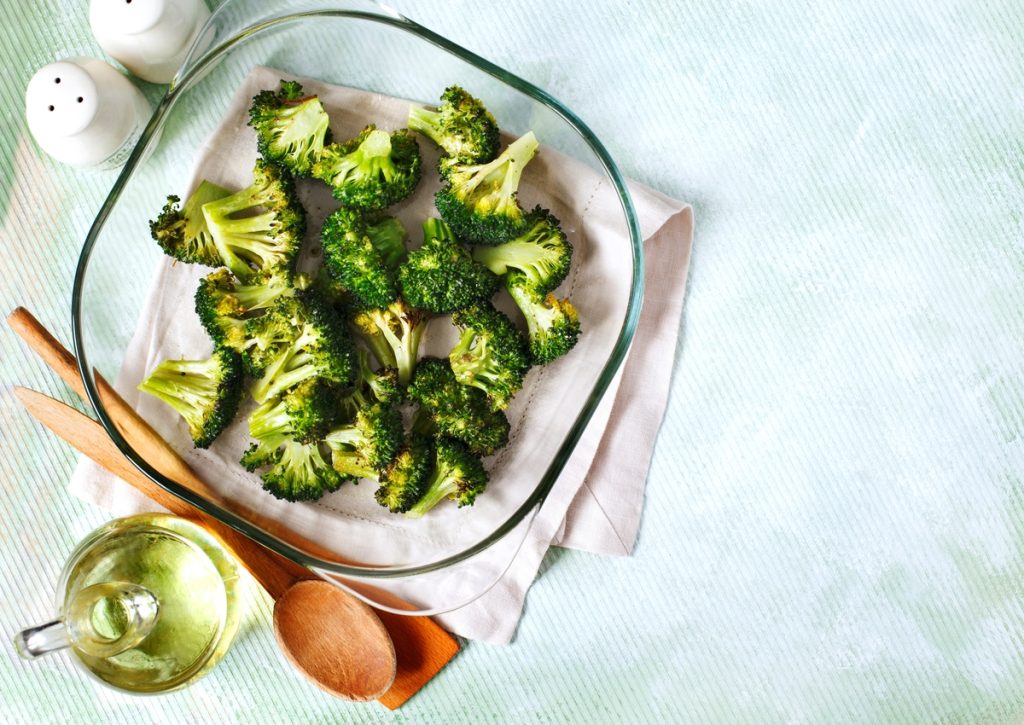
Apple cider vinegar converts apples into fermented acetic acid, which lowers the carbs to one gram per tablespoon. During a 2015 study, scientists found that apple cider vinegar improves insulin sensitivity. Over time, this may lower blood glucose levels.
According to one study by the American Diabetes Association, taking two tablespoons of apple cider vinegar before bed reduces fasting blood sugar by 6% in people with diabetes. Another study recorded that consuming apple cider vinegar with carbs decreases blood sugar response by 20%. Of course, apple cider vinegar doesn’t cure diabetes, but it may help blood glucose levels.
Blood Sugar Drops With Flaxseed
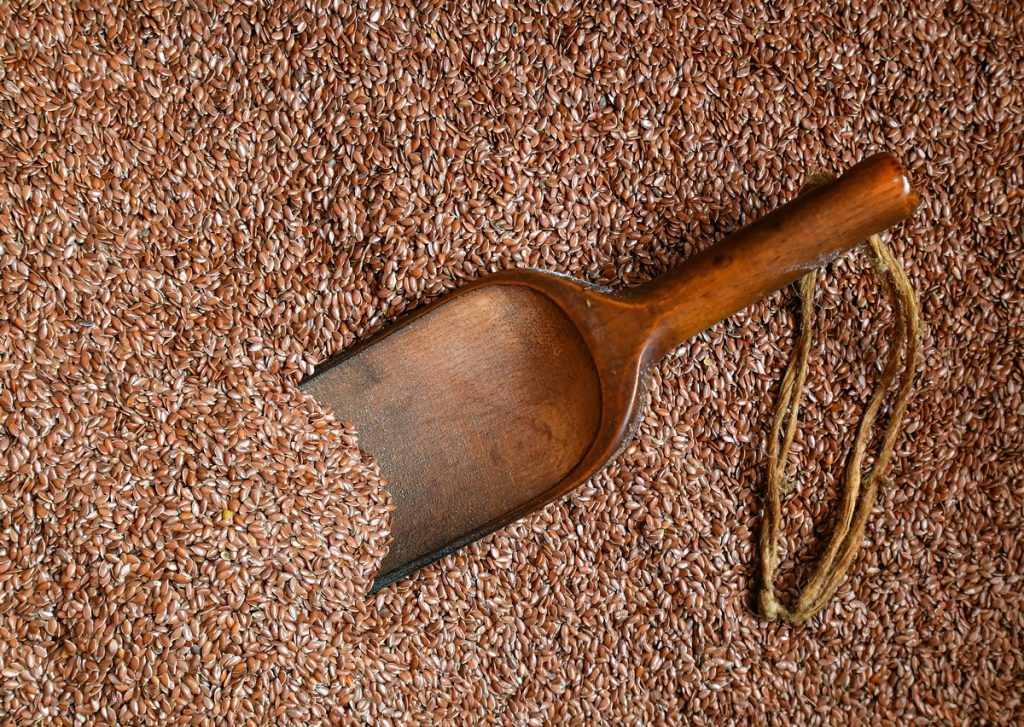
Like chia seeds, flaxseeds provide healthy fatty acids. During a 2016 study in Current Pharmaceutical Design, researchers revealed that flaxseed increases insulin sensitivity, which allows blood sugar to drop over time. However, the result was not repeated in other studies.
Even so, flaxseeds have high fiber and alpha-linolenic acid (ALA). Dr. Asquel Getaneh of Everyday Health, ALA is a fatty acid that may work to prevent heart disease, which diabetics are susceptible to. If you incorporate flaxseeds into your diet, make sure that your blood sugar doesn’t drop too much.
All The Reasons To Eat Avocado
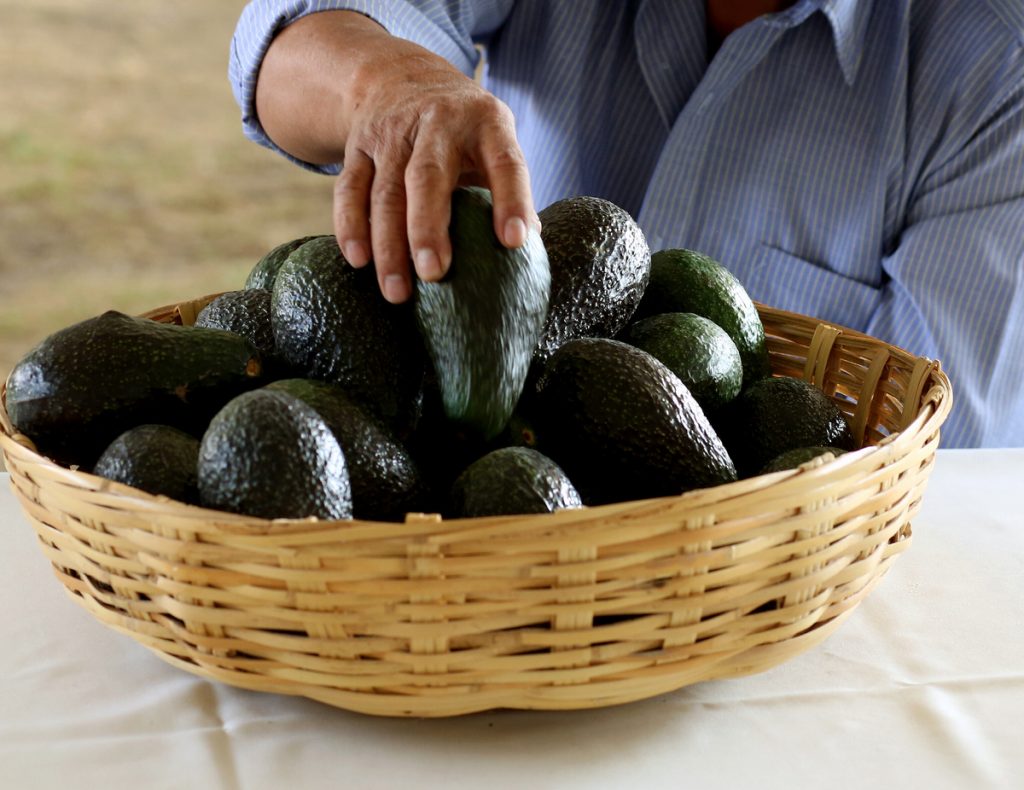
Avocado are a yummy source of “healthy fats,” monounsaturated and polyunsaturated fats that stabilize healthy cholesterol levels. Registered dietitian Jackie Newgent says that avocado’s fats and fiber aid people with diabetes. “[Avocados] help slow carbohydrate digestion and absorption and prevent spikes in blood sugar,” she explains.
There’s also evidence that avocados help people manage weight. In 2013, a crossover study indicated that participants felt more satisfied and fewer cravings after eating avocados. This helped overweight participants lose some extra pounds. Even if weight isn’t an issue, avocados can still benefit diabetics.
Canned Tuna Makes Carbs Better
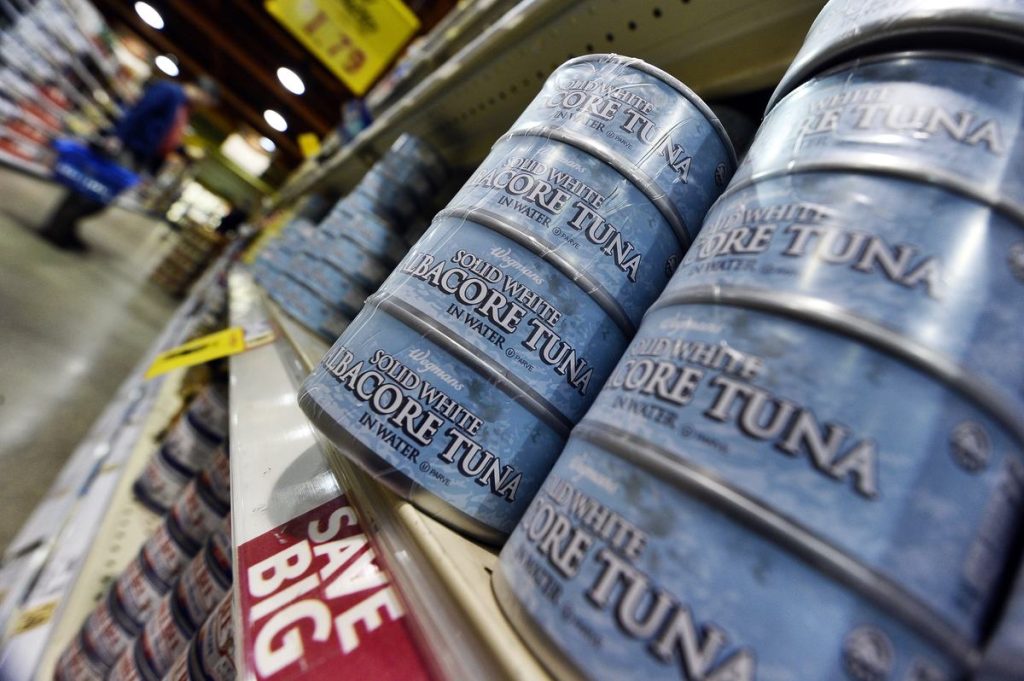
Depending on the proteins and fats you eat with carbs, your body could digest the carbs much slower. Tuna fish is one of those proteins. In 2017, a study in the American Journal of Clinical Nutrition examined several protein-carb combinations. They noted that adding tuna to white bread produced a lower blood sugar spike.
As a fatty fish, tuna is also high in omega-3 fatty acids that help stabilize glucose levels. Canned light tuna is low in mercury, unlike albacore tuna. So despite the added sodium, canned tuna could be a good choice in a diabetic diet.
Lentils Have A Minimal Impact On Your Blood Sugar Levels
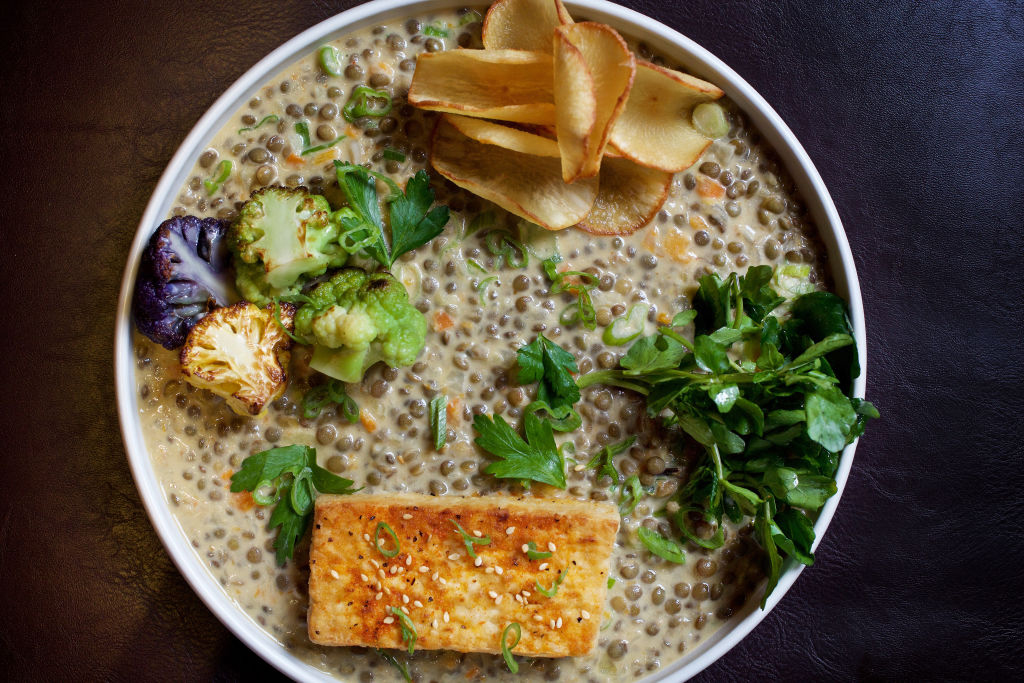
Lentils not only have a minimal impact on your blood sugar levels, but they’re also good for gut health, too. The carbs found in lentils are rich in resistant starch, which your body basically passes through without breaking down or digesting.
The legume is rich in iron and folate while also providing plenty of protein. Cook these up in 5-20 minutes for a healthy snack that’s beneficial for diabetics and people with a sensitive stomach.
Asparagus Tops The List

Asparagus tops the list as one of the best foods for diabetics, so if you love it you’re in luck! The green sticks are rich in folate, containing 89 micrograms of it which is more than 20% of your daily recommended value of the stuff.
For people with Type 2 diabetes, a diet with folic acid lowers your risk for cardiovascular problems because it helps reduce homocysteine levels. That’s incredibly valuable to diabetics, as a high homocysteine level has been identified as an increased risk of mortality in diabetics.
Red Onion Can Help Lower Levels Of Blood Sugar
